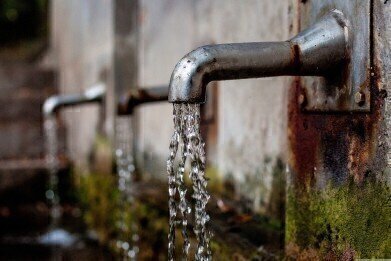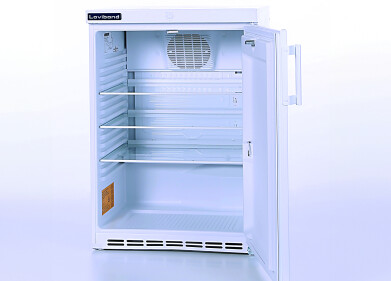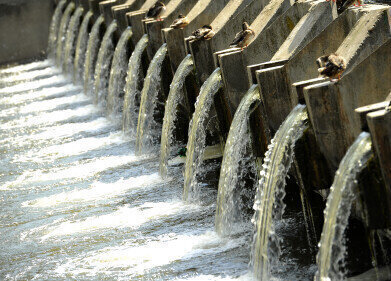Drinking water
How Is Drinking Water Tested?
Sep 23 2022
Ensuring that people have access to a clean and healthy supply of drinking water is one of the fundamental requirements of a functioning society. In order to achieve that basic aim, governments across the globe implement strict protocols on the testing that water companies must carry out on their reserves to ensure that no contaminants are present in dangerous levels. The results of these tests must be shared with the relevant authorities to ensure transparency and quality at all times.
The same rules do not apply to private bottled water companies, however, who are often allowed to conduct their own testing regimes. The results of these tests are often not made publicly available, leading some people to ask whether it’s safe to drinking bottled water as opposed to tap water. In either case, here’s a rundown of the testing procedures involved in assessing drinking water quality.
Which pollutants are tested in drinking water?
Staying healthy is a more pressing issue today than it ever has been in history. Unfortunately, the myriad chemicals and substances which are in widespread circulation in our environment means that our drinking water – upon which we depend for our very survival – are at risk of contamination by a longer list of potential pollutants than ever before, too.
For example, there are currently thousands of pharmaceutical products on the market, many of which contain so-called “forever chemicals”, or per- and polyfluoroalkyl substances (PFAS). These do not break down in the human body, during wastewater treatment processes or even in the natural world. As such, testing for their concentrations in drinking water is of utmost concern. Other common contaminants include (but are not limited to) heavy metals, nitrates and volatile organic compounds (VOCs), as well as harmful bacteria, toxins or pH levels.
The trouble with traditional testing
Historically, drinking water has been tested via an extremely slow and laborious process. First, samples must be taken from the source on a daily, weekly or monthly basis, then transported to a specific lab equipped with the ability to assess their composition. This takes time to achieve, which means much contamination can go undetected until it’s too late – or even altogether.
Meanwhile, each of the pollutants outlined above requires a different approach to adequately test the water sample for it. For example, rapid photometric tests are used for sensitive determination of iron levels, while solid-phase extraction and LC-MS/MS is deployed to test for PFAS. The effort and cost involved in doing so can be prohibitively steep and inefficient for water companies.
Modern alternatives
Thankfully, there may be a better way to ensure water quality remains high at all times. Unsurprisingly, technology holds the key. The innovation of online water quality monitoring networks allows site owners to use sophisticated sensors in-situ at the point of source, giving them a continuous real-time feed on the concentrations of pollutants around the clock.
At the present time, such sensors are not capable of detecting all of the aforementioned types of contamination. However, they can certainly identify a wide range of substances and, thanks to their ability to measure other parameters like flow, turbidity and temperature, they can catch infrastructural problems before they develop into more serious issues. As such, they represent a promising means of testing drinking water supplies going forwards.
Digital Edition
IET 35.2 March
April 2025
Air Monitoring - Probe Sampling in Hazardous Areas Under Extreme Conditions - New, Game-Changing Sensor for Methane Emissions - Blue Sky Thinking: a 50-year Retrospective on Technological Prog...
View all digital editions
Events
May 06 2025 Nuremberg, Germany
May 10 2025 Karachi, Pakistan
May 11 2025 Vienna, Austria
May 11 2025 Seoul, South Korea
Salon Analyse Industrielle & Instrumentation
May 14 2025 Paris, France





.jpg)

_(4427399123)-(2).jpg)











